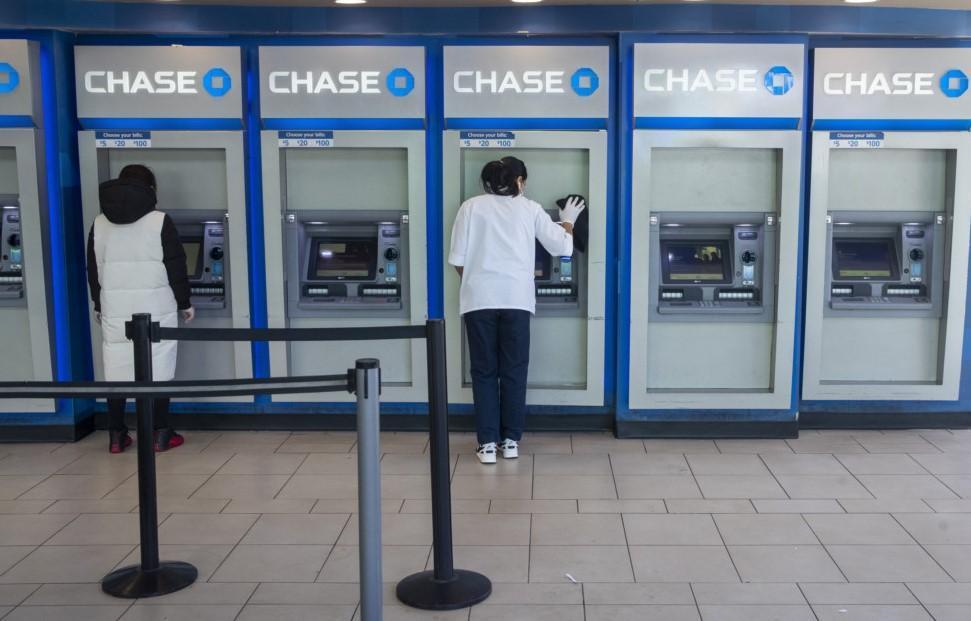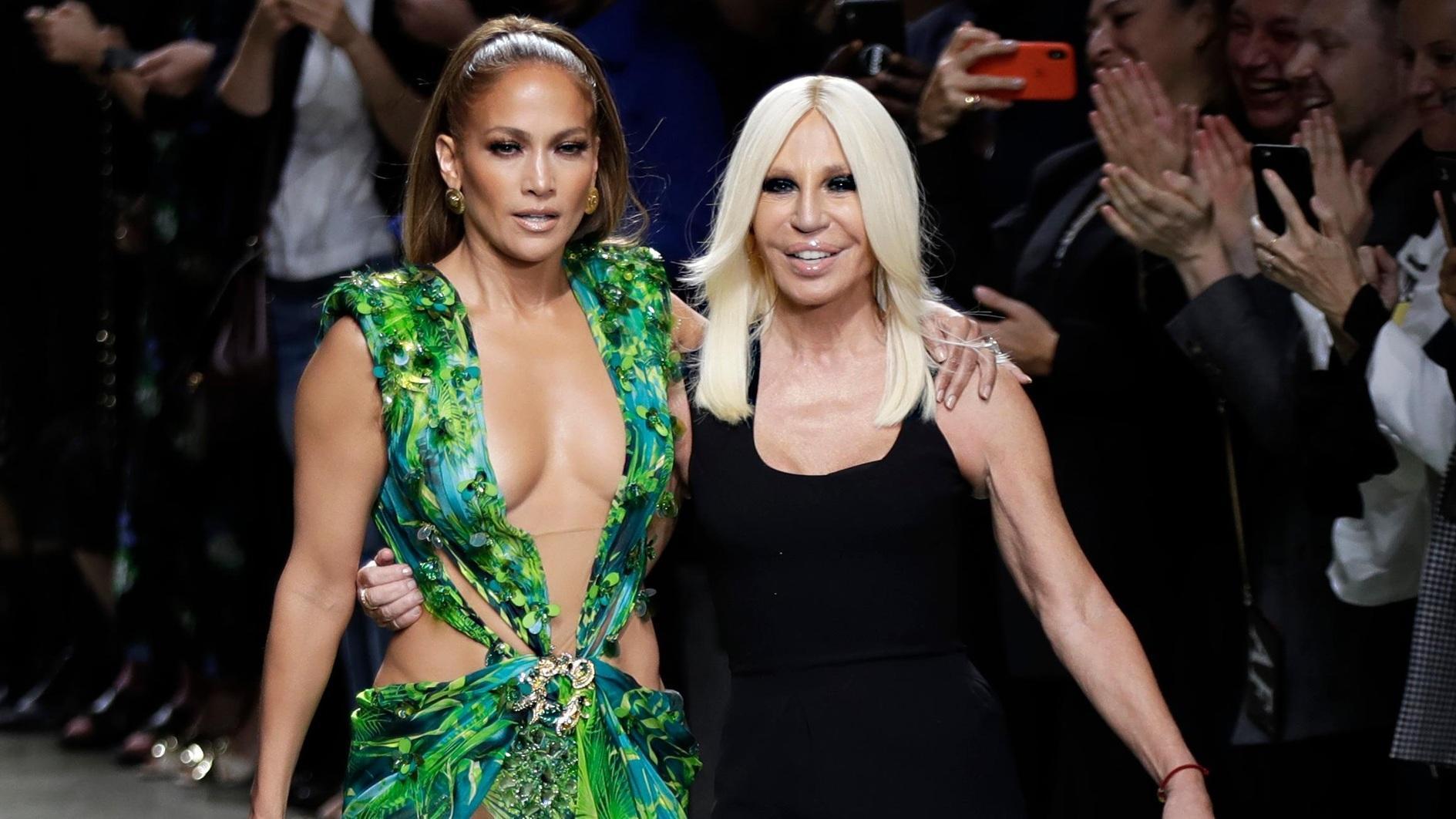Banks paying savers again after many years of low rates
NEW YORK

Americans are finally reaping some benefit from keeping their money in the bank.
Banks are paying up for savers’ deposits in a much bigger way than they have in more than a decade, based on recent earnings reports from the nation’s biggest banks.
After a decade of low interest rates, the Federal Reserve has unleashed a rapid series of rate hikes to combat inflation, pushing up its benchmark rate to a range of 4.75 percent to 5 percent.
That has prompted banks to pay higher interest on traditional savings products like money market funds, certificates of deposit and regular savings accounts.
A 24-month CD, a common savings product for medium-term savers, is now carrying an average yield of 4.81 percent. That’s up from a 1.18 percent yield only a year ago.
Banks were initially slow to raise their payouts as the Fed raised rates because they were awash in deposits.
But those deposits have shrunk over the past year because inflation forced consumers and businesses to dip into their savings.
To bolster their deposits, banks are raising payouts to retain current customers and entice new ones.
Some investors, leery of the current volatility in the stock and bond markets, could find a zero-risk investment like a savings account or CD an attractive option.
The volatility was only heightened after the failure of Silicon Valley Bank last month.
A mass exodus of deposits in a short period of time doomed that bank, and led depositors at other midsize institutions to pull some of their money as well, although the withdrawals appear to have abated for now.
Bank of America, the second largest bank in the country, told investors last week that it was paying on average 1.38 percent to customers for their deposits, up from 0.96 percet a year earlier.
Another banking giant whose customers mostly have checking accounts — Wells Fargo — says its paying 1.22 percent for interest-bearing deposits versus paying just 0.04 percent for those same deposits a year earlier.
The big banks like BofA and Wells are still paying lower rates than most banks on their traditional savings accounts and checking accounts, due to them being mass market products.
JPMorgan Chase executives told investors that while it saw roughly $50 billion in deposits flow into the bank in March after the collapse of Silicon Valley Bank, it does not expect all of those deposits to stay with JPMorgan.
“It’s a competitive market, and it’s entirely possible that people temporarily come to us and then over time decide to go elsewhere,” said Jeremy Barnum, the banks chief financial officer, in a call with analysts.
















